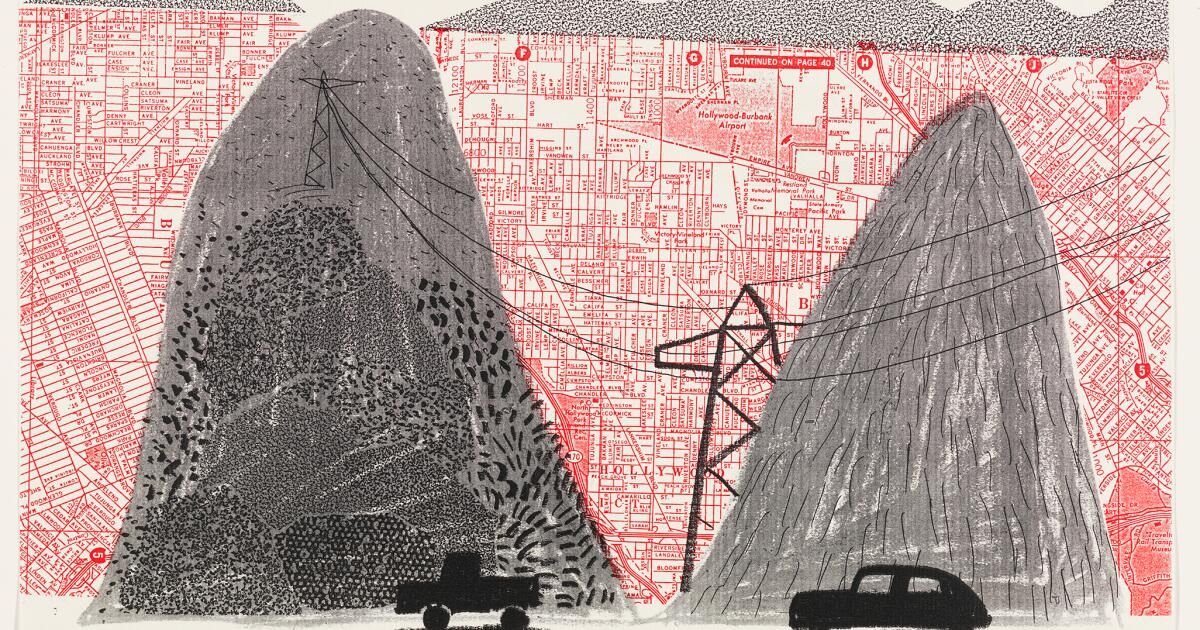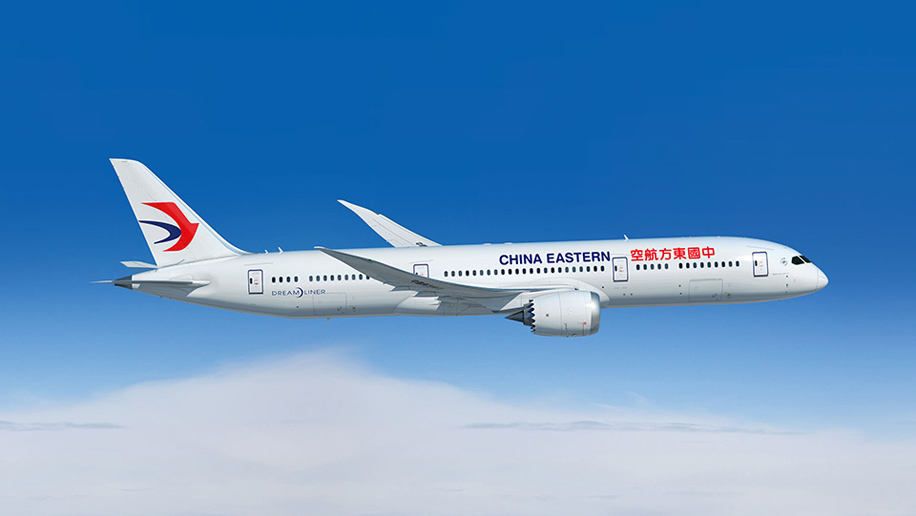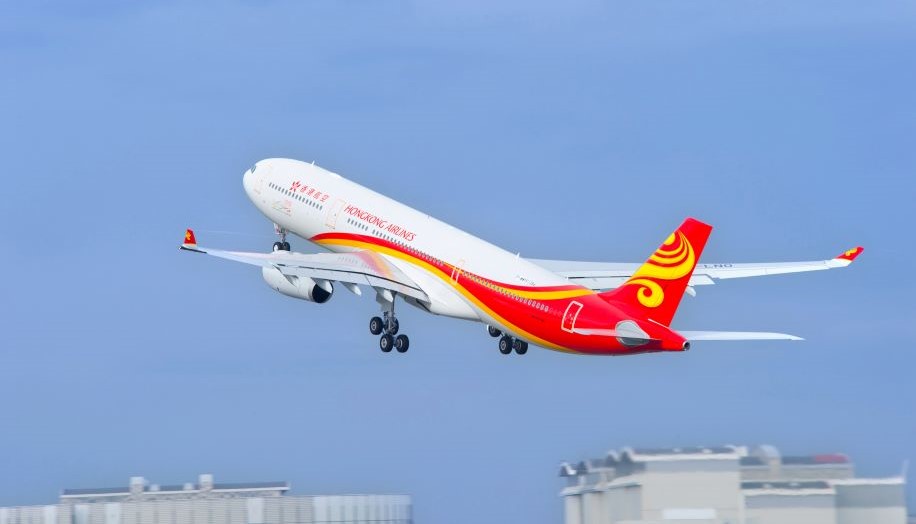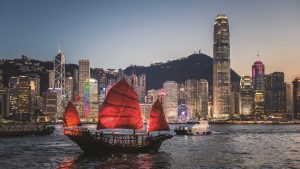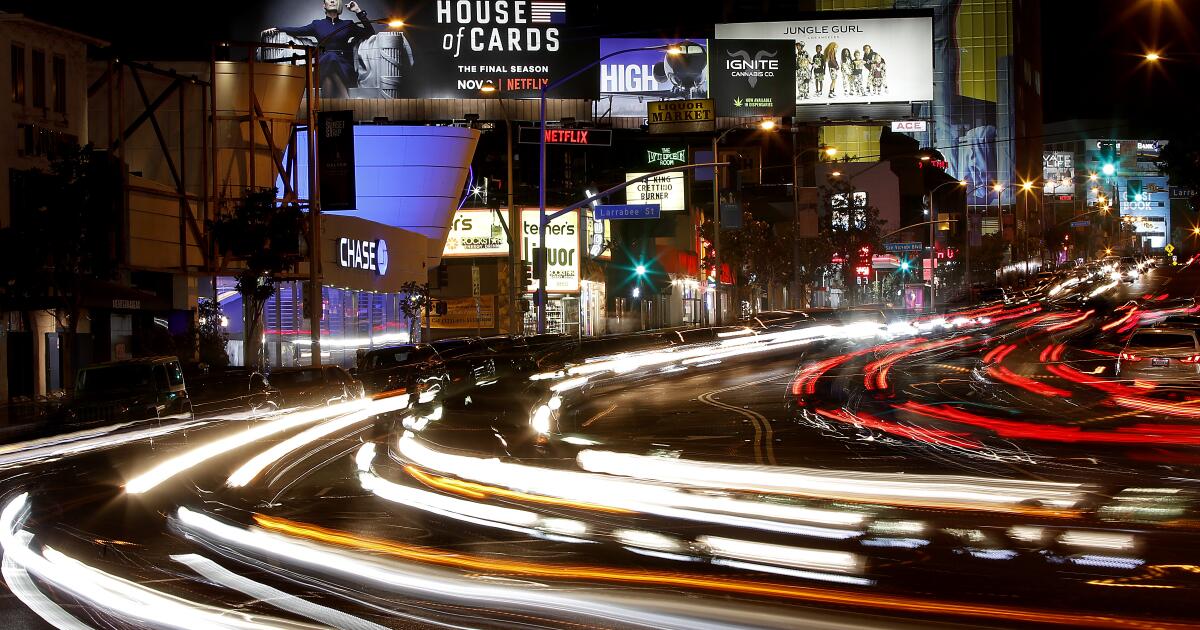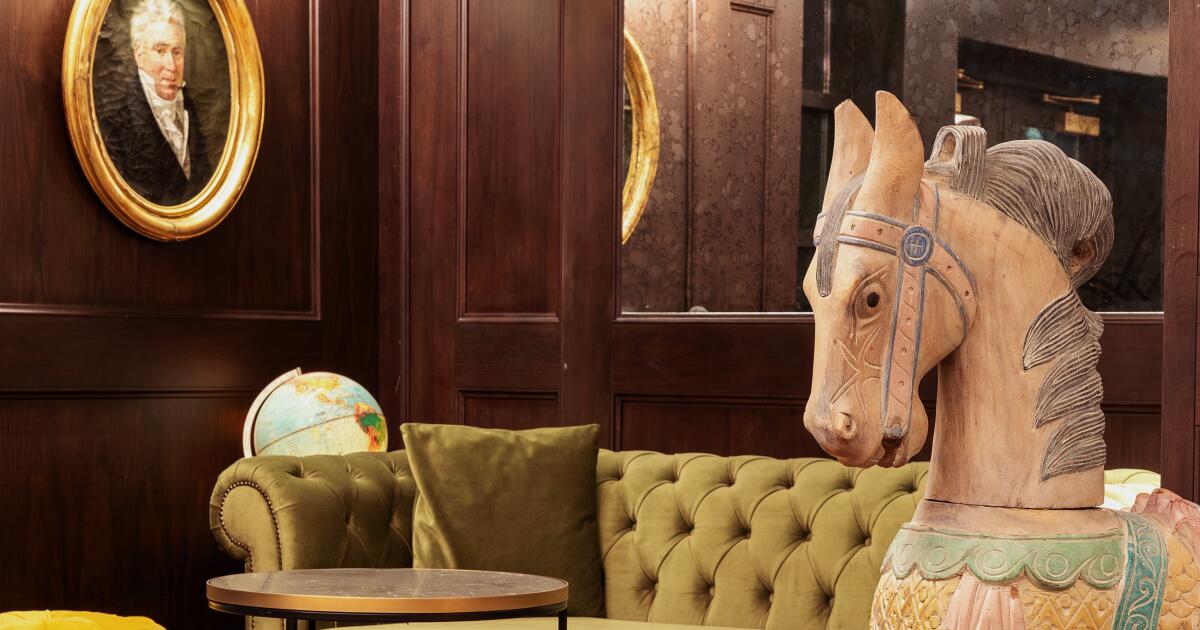The artist David Hockney was a driver: after visiting and then moving to Los Angeles in 1964, he slid down the Hollywood hills in his 450 SL Mercedes network, perhaps to Chateau Marmont, his place in Malibu or the study in the workshop Multimedia Gemini Gel in Santa in Santa Monica Boulevard.
“For David in the 1960s, Los Angeles was an enigma, a unique city different from his native London or even New York City where he had his first meeting with 'America',” says his friend and companion artist Doug and Roberts. The units were a way not only to catalog the landscapes that it would paint later, but also to understand the way in which the sun affected the visual identity of the city. “Southern California has a different light to anywhere you have visited,” says Roberts.
If a friend visited for lunch on the beach, Hockney would take them to a “Wagner Drive”, something that he devised as a motorist from the opera. He would lead by Malibu Canyon to Mulholland Drive and then west to Decker Canyon, where chronometry turns and ridges to the crescendos of the classical composition. “It's always playing,” says Roberts. While driving, the CD would quickly advance in the player to match the view to maximize the landscape drama.
One of Hockney's first impulses to Los Angeles was a cross -country race with a friend: Brian Epstein had written in a napkin in Chicago inviting Hockney to see the Beatles in Los Angeles in 1963. He and a friend drove directly from Chicago to California in California in California. To get to Hollywood Bowl in time, napkin in hand like your ticket on stage.
Many of the loved places to Hockney simply do not exist as they did once. For example, one of his favorite restaurants was a Japanese place in the Sunset Strip, Imperial gardens; Now is the location of Hollywood Rosa permanently closed, located under the Chateau Marmont.
Hockney also took long trips to find interesting landscapes to scribble. Many of these destination drawings, photocolios and paintings are shown, some for the first time, in the Palm Springs Museum of Art (PSAM). Until March 31, Psam will have “David Hockney: The perspective must be reversed, impressions of the collections of Jordan D. Schnitzer and its Family Foundation” in sight. The exhibition presents almost 200 works that cover more than six decades of the Hockney career, from its first engravings in the mid -1950s and 60s to its recent experiments with iPad and photographic drawings, which underline the artist's innovative experiments as impression .
Beyond Palm Springs, which Roberts described as more as a boxing stop than like a destination, Hockney was much more fascinated by what was further. As his famous photocol “Pearblossom road “ In 1986, which represents an intersection along the 138 highway in California, to northern Los Angeles, I preferred a landscape that I could draw, I often visited the Mojave and Joshua tree to do exactly that. As Roberts said, “for him [these drives] They were adventures to find the dark landscape in which to draw. “
Get to your car, with your proverbial convertible from top to bottom, to go to some of the favorite Hockney units and see what inspired him so much.
The mutual life building in Pershing Square
“Pershing Square was a natural destination for a first attempt in the city without a center,” says Roberts. “And the senior highs of the city center were something perfect for a new visitor to paint.”
The mutual life building in Pershing Square is one of David Hockney's favorite locations to appear in his Los Angeles paintings.
(Angella d'Avignon / for the times)
After reading “City of Night” by John Rechy, Hockney saw Pershing Square as a kind of fantastic queer destination, and in the 1960s, it was. Many of the international -style buildings in the center of Los Angeles inspired a handful of sketches that provided an idea of the first hockney impressions in the city.
A lithography of the famous 1974 drawing of Hockney “Pacific Mutual Life” presents the historically preserved Pacmutual building with a large clock and the same palm trees that border the square. While the old graphic clock has gone and the design of the square has changed radically, this building remains in Dtla's Pershing square.
The pool at the Hollywood Roosevelt hotel
Looking out the plane window while flying to Los Angeles for the first time, Hockney fell in love with the dozens of blue pools that spied from above. These little luxuries would become a Hockney call card and the theme of several works, including “Gregory in the Pool (Paper Pool 4)” (1978) and “Pool made with paper and blue ink for the book” (1980 ), both are in sight in PSAM.

David Hockney's work “Gregory in the Pool (Paper Pool 4)” is part of his individual exhibition “David Hockney: the perspective must be reversed” at the Palm Springs Museum of Art.
(Palm Springs Art Museum)
His fascination with California began drawing his water, from the ocean to the city's sources, driven by his interest in the way the light danced on the surfaces of the pools. Painting the bottom of the Tropicana pool at the Roosevelt hotel was a spontaneous favor for a friend who worked at the hotel, one who became a permanent accessory at the famous Hollywood hotel.
According to the story, Hockney appeared on deck with a blue paint cube and a broom with a brush to do the job. To this day, when the pool is drained, the hotel retouches the lines, refreshing the iconic blue crescent marks of Hockney every year more or less.
Santa Monica Boulevard Strip in West Hollywood
Santa Monica Boulevard, an important route that West Hollywood is going through and connects much of Los Angeles, largely characteristic in the cultural and visual landscape that Hockney has often explored. Hockney's relationship with this area is more visible on how it captured the unique meaning of the Los Angeles Place: Bright Light, Urban Architecture and Relaxed Life of California.

David Hockney often painted scenes of life in Santa Monica Boulevard.
(Angella d'Avignon / for the times)
Although it has changed significantly from the Hockney era, the long section between Western and the Cienega is immortalized in a series of massive painting rightly entitled “Santa Monica Boulevard (1978–80).“His flat perspective of the firm celebrated the colorful modernist paintings along the famous road in the west of Hollywood of the 1960s, with a scene from the daily sidewalk of an old car store and other windows in vibrant sizes carvings of bluish, orange and yellow green.
The Chateau Marmont
In the mid -1970s, before the acquisition of his house in Las Colinas, Hockney had a prolonged stay at the Chateau Marmont for several weeks while working in the series of lithographs of “Portraits of Friends” in Gemini Gel (Graphic Edition LTD .), A renowned printed workshop in Melrose Avenue. Since it was built in 1929 as the first earthquake -proof building, the Chateau Marmont has long been the home of iconic outside the city and elegant angels.

David Hockney painted several series of portraits at the Chateau Marmont hotel in West Hollywood.
(Angella d'Avignon / for the times)
The Chateau was prominently in Hockney's personal life and in his compositions: one of his famous paintings, “House Behind the Chateau Marmont” (1976), presents the Spanish house of revival style that appears by the chateau, while a lithography of 1967 with an intimate moment among friends, “Henry and Christopher at the Chateau Marmont hotel, Hollywood.” Both paintings are in the PSAM exhibition.
Gemini gel
Established in 1966, Gemini Gel was the main hockney engraving study in Los Angeles, collaborating exclusively with him to produce and sell impressions and works editions. The famous editor was also an artist workshop and produced legendary impressions of some of the most prominent artists of modern art, including Frank Stella, Robert Rauschenberg and, of course, Hockney. Among its first the Projects were a set of impressions with portraits and scenes of their friends sitting around the castle, in their apartments, resting on sofas and swimming pools, and sleeping together, called “friends” (1976), in which he worked. while living in the castle.

The fine art printing study Gemini Gel collaborated with David Hockney in several printed projects.
(Angella d'Avignon / for the times)
Hockney continued his lithographic and printed work throughout the 1980s and still works with the study to produce his iPad images and his later drawings. Many of his drawings and prints of friends settled in the study space in Gemini, so it is a more subtle but historical place for Hockney's legacy. If those walls could speak!
Nichols Canyon Road in Hollywood
In 1963, Hockney bought a house in the Hollywood hills and drove up and down the steep and winding roads while I was going to work, parties, dinners and exhibitions with friends and colleagues. Nichols Canyon was the least busy path; Hockney preferred the trip downhill until Sunset Boulevard through Nichols for his solitude and serpentine charm.
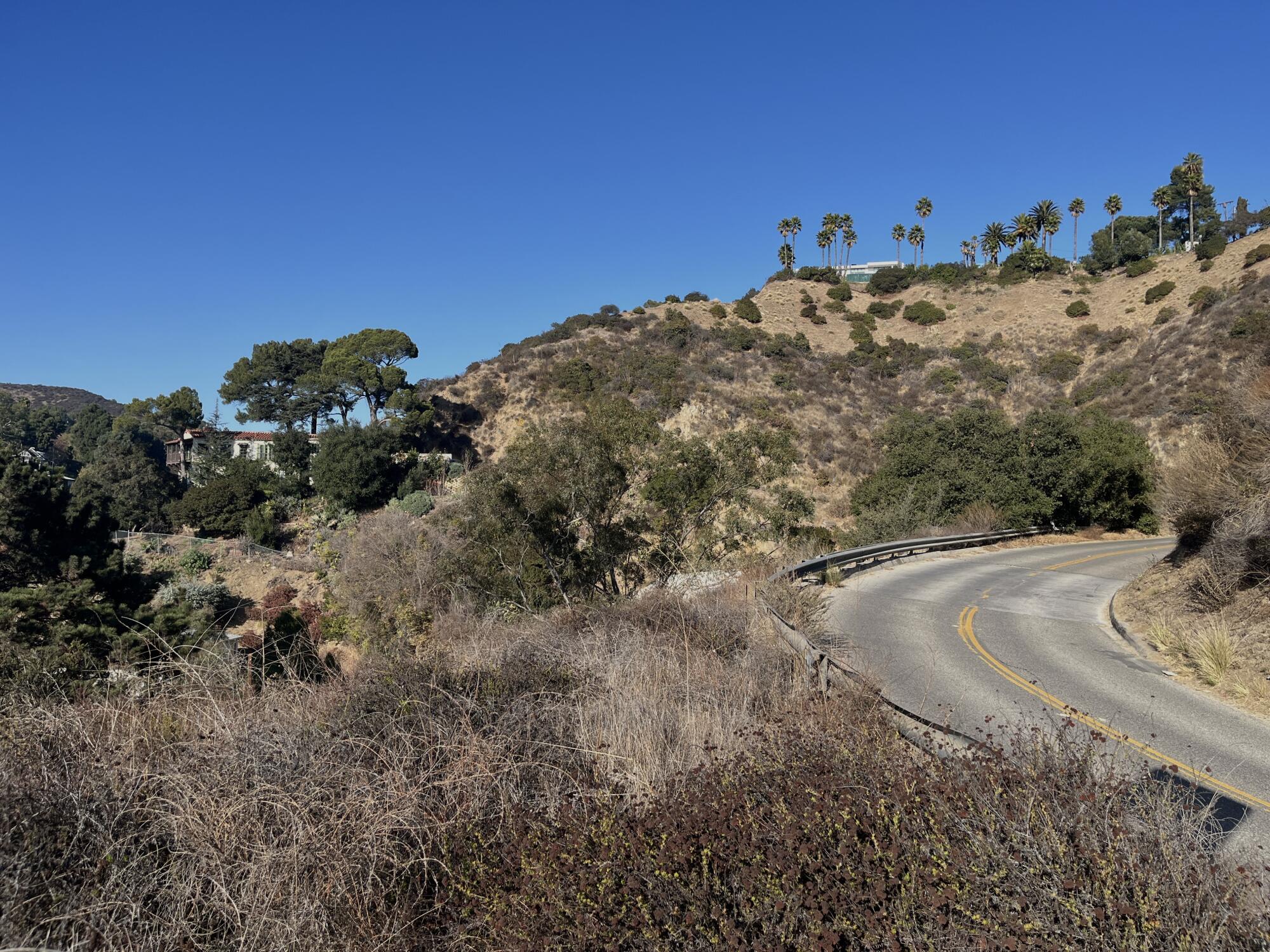
David Hockney spent time by Nichols Canyon Road to the houses of friends: the road has appeared in his paintings.
(Angella d'Avignon / for the times)
In the 1980s, he painted the route for memory in “Nichols Canyon ”(1980)which represents a flattened perspective of the road from the hills to the sunset, capturing each fork shift and the flora and fauna on the road on a waterfall from the top to the bottom of the canvas. Take the vertical loop to the top of the hill and stop at Trebek Open Space or Bantam Trailhead to see Hollywood views and beyond. Be careful with cervatillos and other sliding creatures while driving.
Rising Glen Road's upper part
Another way to Hockney liked Cruise was Rising Glen Road, right next to the neighborhood of Tony Bird Streets, where a friend of his lived in the hills. He did a lot of work at his friend's house, spreading photos for collages and drawings throughout the floor and the table.
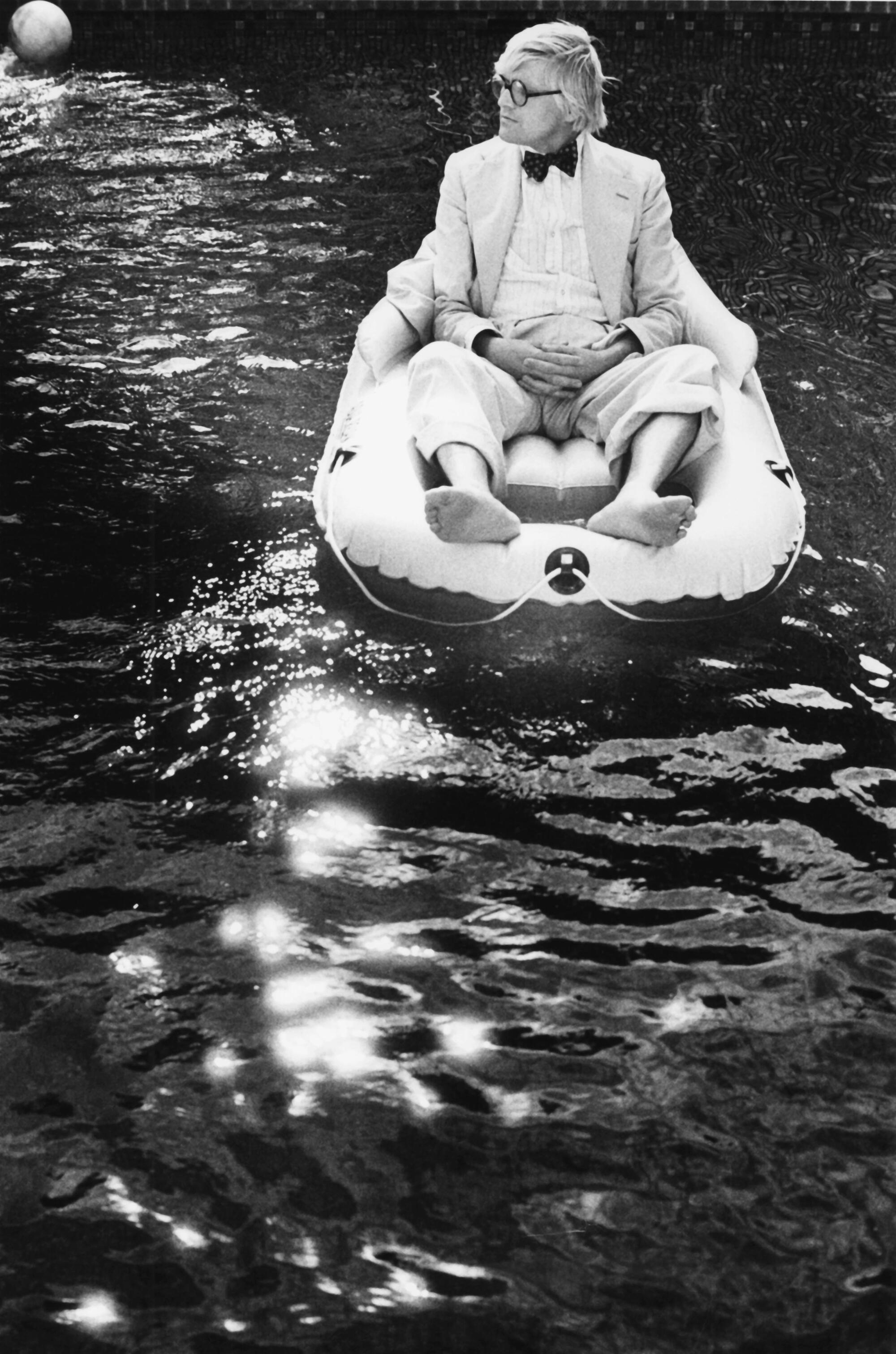
David Hockney floats in an inner tube in the pool of a friend at Rising Glen Road in Hollywood Hills.
(Michael Childers)
In addition to the rare lithographs, the PSAM Hockney program includes a personal photograph of the artist, who presents it resting in a pool, looking at the view from a house that is at Rising Glen Road. For the same perspective, spiral from Sunset Plaza Road or Thrasher Avenue, and leads to the tip of the Rising Glen road, keep in mind the neighbors while making its way.

